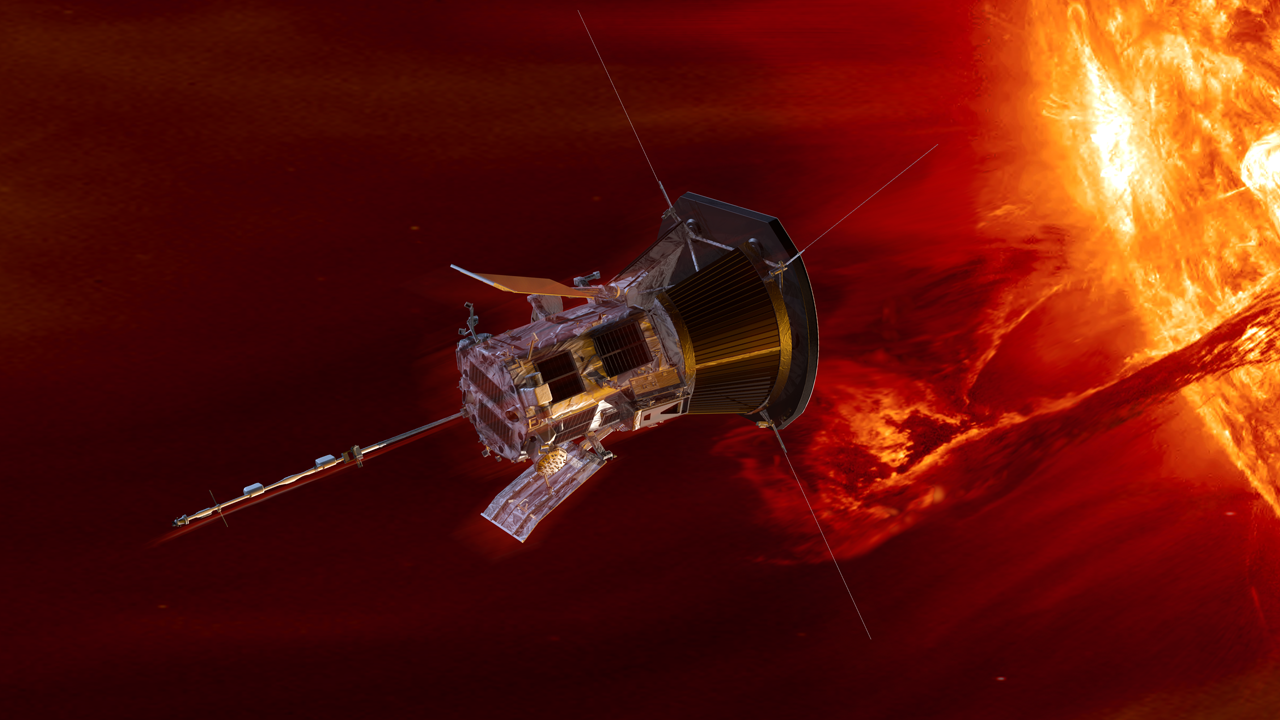Japan’s space agency announced on Thursday that the country’s moon lander has successfully landed on the lunar surface within 100 meters of its target. However, a newly released image shows that the spacecraft became overturned during the process. Despite this setback, the successful touchdown of the SLIM lander (Smart Lander for Investigating Moon) marks a significant achievement, making Japan the fifth country to achieve a controlled landing on the moon. This success could potentially expand the range of landing sites for future moon missions. The SLIM mission is a significant advancement in lunar exploration.
A rover that was released before the SLIM craft landed captured a photo showing the probe upside-down on the moon’s surface, indicating that the lander’s solar panels are not optimally positioned to harness sunlight and power up the probe, according to JAXA. However, there is still hope that the lander could recover and generate power as sunlight changes in the coming days.
Although SLIM’s activities on the Moon were initially expected to last only a few days, preparations for recovery will continue to gather further technical and scientific data, JAXA officials said.
Space probes usually aim for landing sites that are several miles wide, yet with the achievement of a pinpoint landing, new opportunities have opened up. This success proves that it is possible to land wherever desired, as opposed to being limited by available landing spots, said Shinichiro Sakai, the SLIM lander’s project manager. The mission will likely inspire more Japanese missions and others to attempt landings on unexplored locations on the moon.
During a discussion on Thursday, JAXA revealed new details about the moon landing, explaining how the loss of one of the probe’s two main engines during the final descent caused it to land harder than anticipated. This malfunction also caused the lander to settle approximately 55 meters east of its targeted landing spot, mission managers said. If both engines had performed as expected, the spacecraft could have achieved an even more precise landing, within 10 meters or less of its target area, according to JAXA.
The SLIM mission was launched on September 6 and entered into orbit around the moon several months later. The lander’s primary objective was to demonstrate its highly precise navigation and landing system, in addition to deploying small rovers to conduct temperature and radiation experiments, among other scientific objectives.
Successful Moon Landing by Japan’s Probe with a Minor Setback




/cdn.vox-cdn.com/uploads/chorus_asset/file/25806981/parker_solar_probe_artist_rendering.jpg)








:max_bytes(150000):strip_icc()/GettyImages-2190848732-e82ca8b164c74252a2f47b0e20fee915.jpg)
